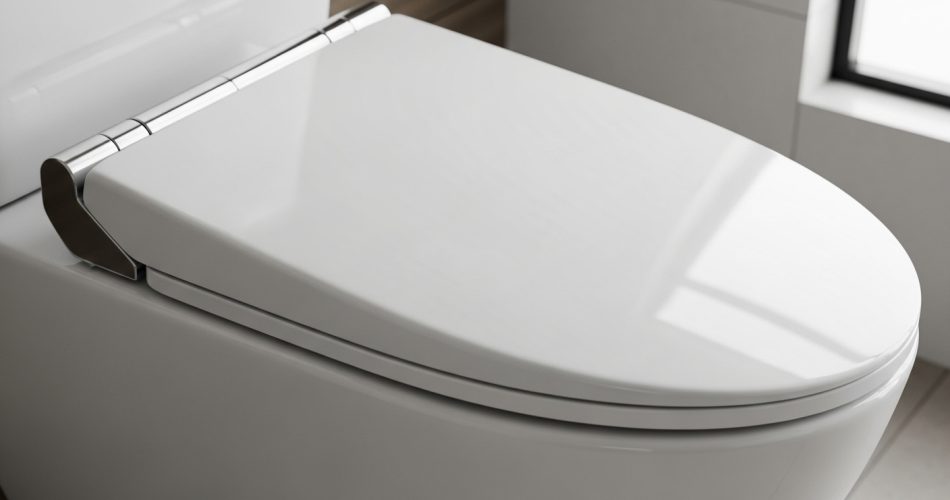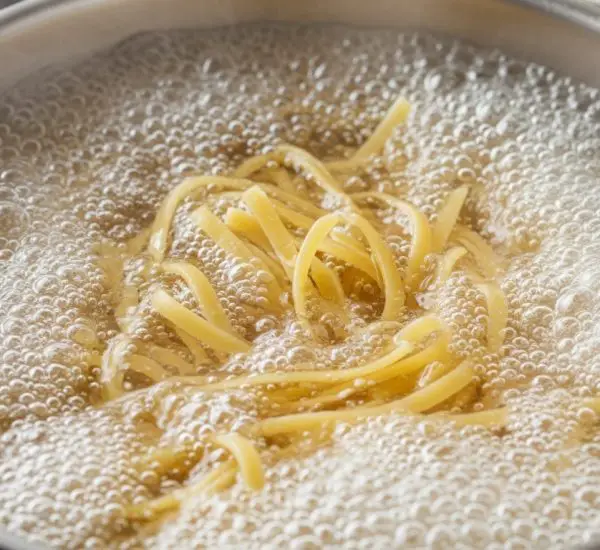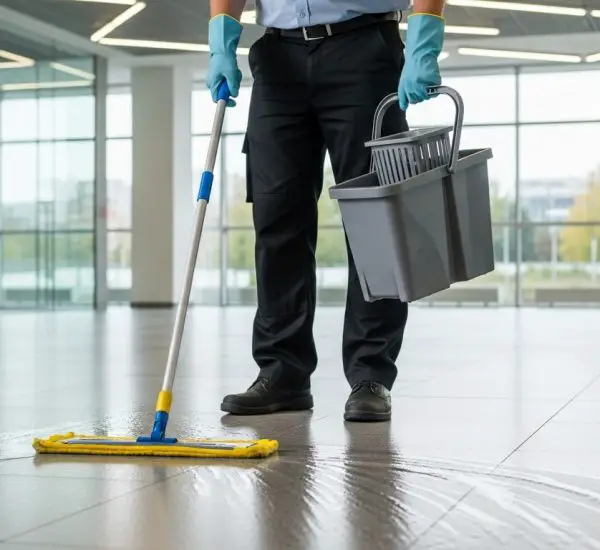When you picture a toilet, you likely imagine it with both a seat and a lid. It’s such a standard part of the design that seeing a toilet without one would immediately seem odd or incomplete. Yet, despite being an essential component of the modern bathroom, very few people actually understand the real purpose of the toilet lid—or use it correctly.
Most people either leave the lid open all the time or only close it after using the toilet, thinking it’s just a matter of aesthetics or habit. Some even believe the lid’s main purpose is to prevent animals like snakes or insects from crawling up through the pipes, an old myth that still circulates in some places. Others assume it’s simply there so the toilet can double as a makeshift seat during moments of contemplation.
But the truth is far more important—and far more hygienic. The toilet lid plays a crucial role in protecting your health and keeping your home safe from harmful bacteria and germs that originate inside the toilet bowl.
Why Toilets Are a Germ Hotspot
It’s no secret that the toilet is one of the dirtiest places in your home. Despite being one of humanity’s greatest inventions for hygiene and sanitation, the toilet bowl is a breeding ground for microbes. Each flush creates a violent swirl of water and air that lifts invisible droplets from the bowl into the surrounding environment.
Those droplets—sometimes called toilet plumes—can contain bacteria, viruses, and other microorganisms that live in the water and on waste material. When you flush with the lid open, these particles are sprayed upward and outward at surprising speed, dispersing germs throughout your bathroom.
Research shows that toilet plumes can travel several feet into the air and remain suspended long enough to settle on nearby surfaces. This means that every flush potentially coats your sink, your countertop, your towels, and even your toothbrush with microscopic bacteria.
Now, consider that most bathrooms—especially in city apartments—are compact spaces where everything sits close together. If you keep your toothbrush next to the sink, hang towels above the toilet, or leave skincare products on the vanity, all of these items are at risk of contamination every time the toilet is flushed with the lid open.
Closing the Lid: A Simple Step That Makes a Big Difference
So what’s the solution? It’s remarkably simple: always close the toilet lid before flushing.
By closing the lid, you create a physical barrier that prevents most bacteria and germs from escaping into the air. This small act drastically reduces the spread of pathogens and keeps your bathroom a much more hygienic environment.
Think about the items that typically live in a bathroom—towels, razors, toothbrushes, facial cloths, and sometimes even cell phones. These come into close contact with your skin, mouth, and face daily. Flushing with the lid closed can mean the difference between keeping these objects clean or exposing yourself to unnecessary bacterial contamination.
Furthermore, this habit helps protect your clothing. When you flush, you’re often standing right next to the toilet. The invisible mist created by the flush can land on your clothes without you realizing it. While this might sound harmless, it’s an easy way for bacteria to spread throughout your home.
Closing the lid every time you flush is an effortless hygiene practice that has significant benefits—and it’s one that surprisingly few people follow consistently.
Scientific Evidence: What Research Shows About Toilet Plumes
The concern about bacteria spread from toilets isn’t just theoretical—it’s been scientifically measured. In recent years, researchers have conducted experiments using Petri dishes to visualize how bacteria travel after flushing.
In one viral social media demonstration, a microbiology enthusiast placed Petri dishes at different distances around a bathroom. They flushed the toilet once with the lid open and once with it closed. The results were shocking: when the lid was left open, the dishes were quickly covered in bacterial colonies, even those placed several feet away from the toilet. When the lid was closed, the number of bacteria detected dropped dramatically.
Academic research supports these findings. Studies published in hygiene and microbiology journals confirm that flushing can propel droplets up to 1.5 meters (about 5 feet) into the air. Some of these droplets can linger for up to an hour before settling. Closing the lid reduces this effect significantly, though it doesn’t completely eliminate it—which is why regular cleaning is also essential.
How to Keep Your Toilet Truly Clean
Closing the lid is just one part of maintaining a hygienic bathroom. To ensure your toilet remains as clean and safe as possible, follow these additional tips:
-
Disinfect regularly. Use antibacterial cleaners at least once a week on both the bowl and the external surfaces, including the lid, handle, and seat.
-
Clean after illness. If someone in your household has been sick, clean the toilet more frequently, as some viruses can survive on surfaces for days.
-
Replace your brush and lid periodically. Toilet brushes and even the lid itself can accumulate bacteria over time. If you notice discoloration or lingering odors, it might be time for a replacement.
-
Store hygiene products away from the toilet. Keep toothbrushes, razors, and towels as far from the toilet as possible or inside closed cabinets.
-
Ventilate your bathroom. Good airflow helps reduce the concentration of airborne germs and moisture that encourages mold growth.
The Bigger Picture: Hygiene Habits That Matter
The toilet lid may seem like a small, even insignificant detail, but it represents something larger—the importance of everyday hygiene habits. Many people invest in expensive cleaning products or air fresheners but overlook this simple, no-cost action that can drastically improve bathroom hygiene.
It’s one of those details that doesn’t take effort but pays off in long-term cleanliness and health. Just as we’re taught to wash our hands after using the restroom, we should also make it a habit to close the lid before flushing.
Not only does this practice protect you from germs, but it also helps maintain a fresher, cleaner bathroom. After all, what could be more satisfying than knowing your home—and especially your bathroom—is truly sanitary?
In Conclusion
The toilet lid isn’t just a design accessory or a convenience feature—it’s a vital hygiene barrier. Leaving it open during flushing allows bacteria to spread across your bathroom, contaminating the very items you use daily.
So, the next time you use the toilet, remember: before you flush, close the lid. It’s a tiny action that keeps invisible germs where they belong—inside the bowl—and protects your health, your family, and your home from unnecessary exposure.
Sometimes, the simplest habits are the most powerful.




